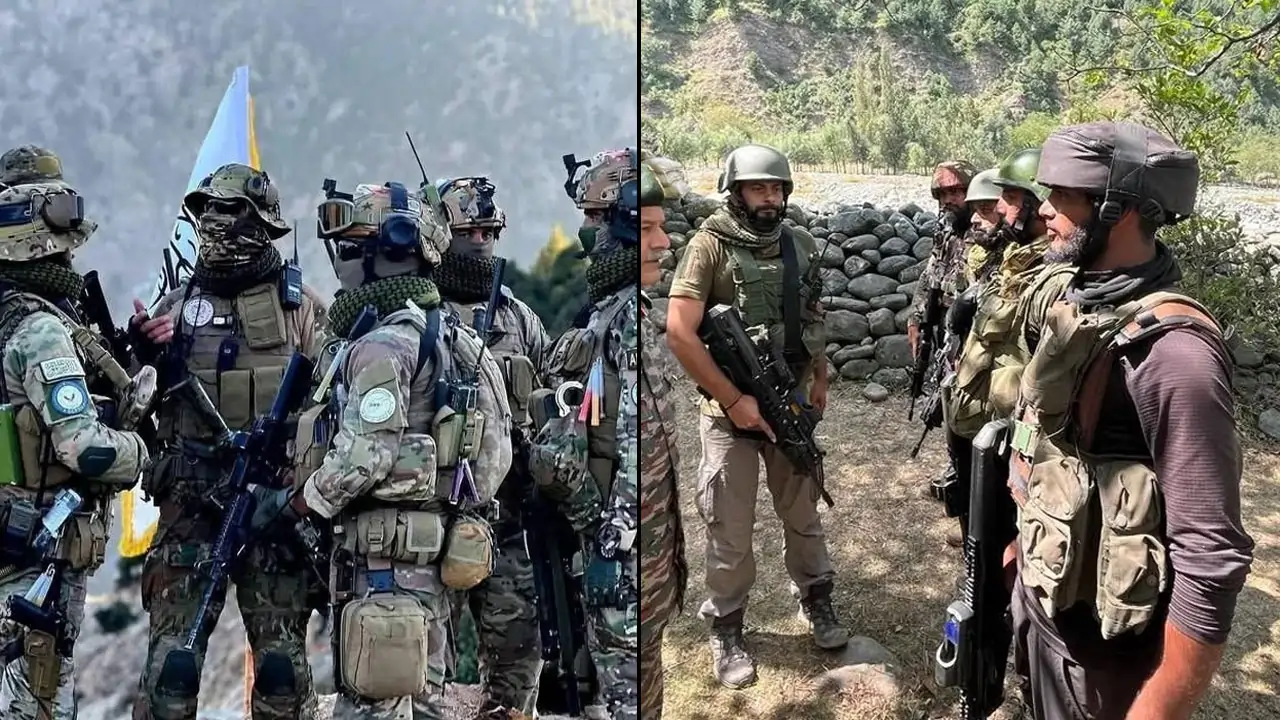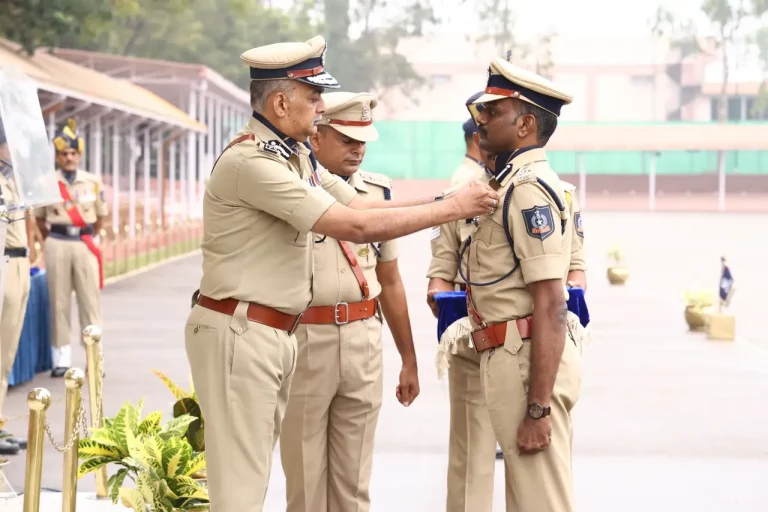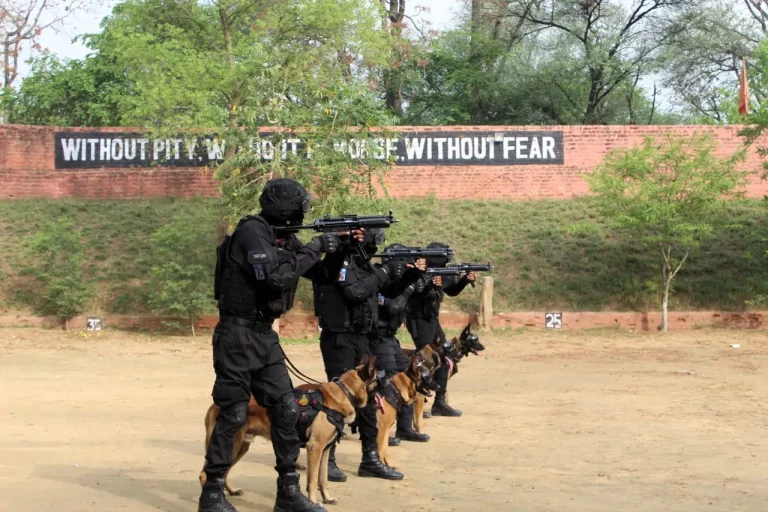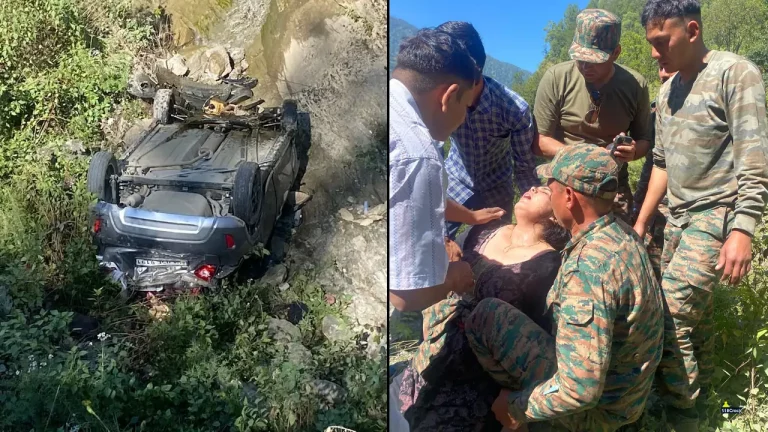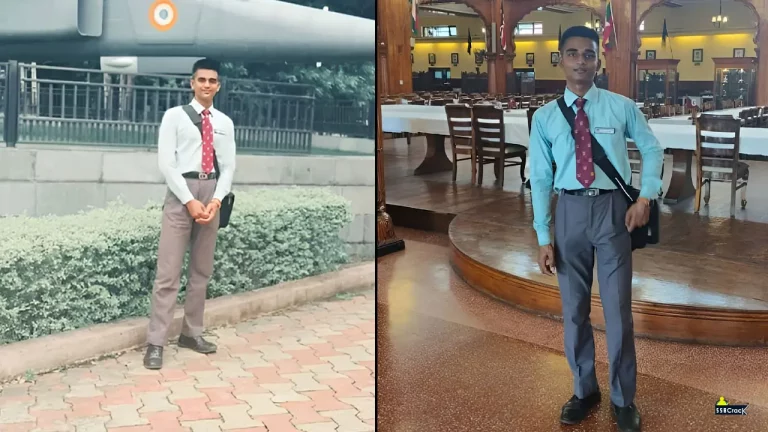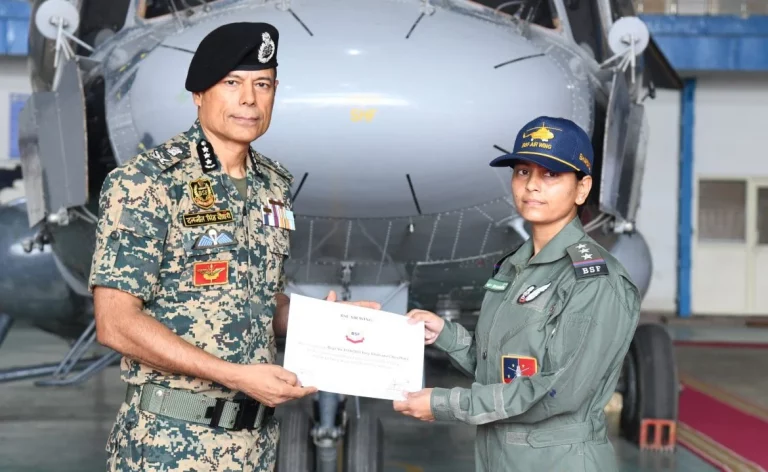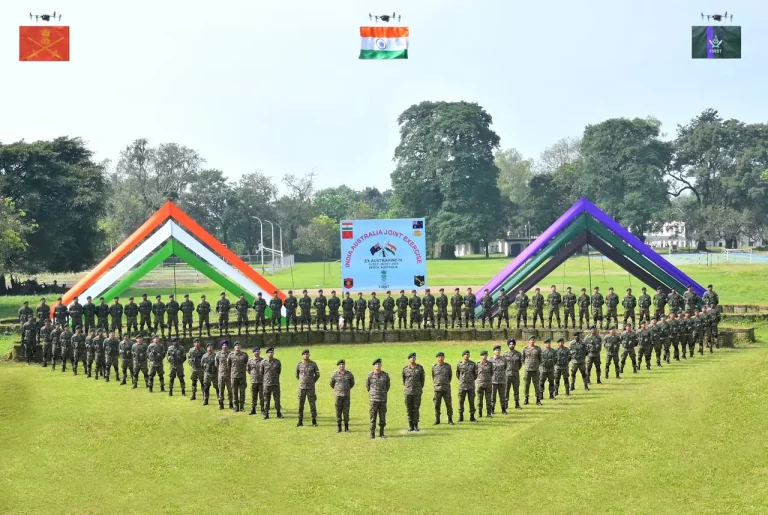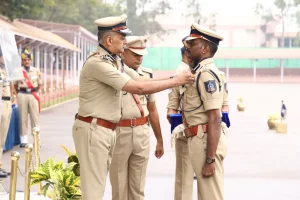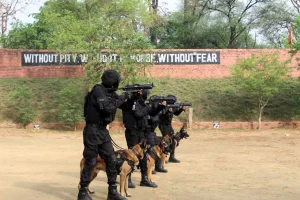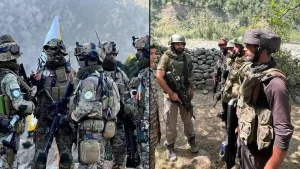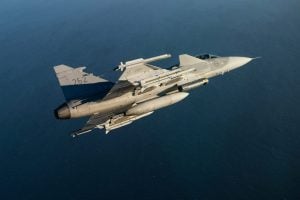The ongoing discussions on X, formerly known as Twitter, regarding the special forces gear used by Afghan and Indian operatives have sparked intense debates, mirroring the complex geopolitical landscape of South Asia. Posts from users across India, Pakistan, and Afghanistan reveal stark disparities in equipment capabilities, leading to polarized opinions. On one side, supporters of the Afghan forces praise their “advanced” equipment, largely derived from U.S. military investments. On the other hand, proponents of the Indian forces champion the country’s push for strategic self-reliance, despite ongoing critiques regarding the efficiency and modernization of its gear.
This discourse has been fueled by a recent surge of viral images and discussions on X, particularly in October 2025, that highlight the differing appearances of Afghan operatives clad in U.S. camouflage next to Indian commandos donning older military setups. Advocates for Indian forces assert that such comparisons leverage “borrowed glory” from the U.S., while critics underscore a historical context of joint military efforts, including training programs for Afghan troops in India prior to the 2021 Taliban takeover.
The debate dives deeper into the specific categories of military gear, with users dissecting small arms, protective equipment, vehicles, optics, and technology. For instance, Afghan special forces, primarily the former Afghan National Army Special Operations Command (ANASOC), benefitted from substantial U.S. support over two decades, amassing an estimated $28 billion in military gear. This surplus equipment, including M4 carbines and Humvees, is often highlighted as superior by users. Still, experts point out that much of this hardware may now be outdated or poorly maintained under Taliban rule.
In contrast, India’s special forces—including the Para Special Forces, Marine Commandos, and Garud Commando Force—combine indigenous production and imported technology from countries like Israel, Russia, and the U.S. With a defense budget exceeding $70 billion annually, India contrasts sharply against Afghanistan’s GDP, which hovers around $15-20 billion. However, critiques of India’s military modernization persist, with some mocking the reliance on outdated helmets adapted for newer technology, illustrating frustrations over equipment inconsistencies.
The small arms comparison reveals distinct differences: Afghan forces utilize M4/M4A1 carbines as well as Soviet-era AK-47 variants. In contrast, Indian forces have integrated a range of firearms, including the SIG Sauer 716i and the IWI Tavor. The differences extend to sniper rifles, machine guns, and sidearms, with each nation’s inventories tailored to their operational needs and historical access to different manufacturing resources.
Protective gear remains a contentious topic, with Afghan forces equipped with a mix of U.S. surplus items, while Indian forces invest in more modern solutions and domestic innovations. The contrast in helmet and body armor quality has spurred criticism, with commentators highlighting the risks faced by soldiers due to outdated protective equipment.
Vehicle capabilities show another disparity; the Afghan forces benefit from a substantial number of U.S. donated vehicles, whereas India has developed a range of new vehicles through partnerships and indigenous projects. Although the tonal quality of vehicles may provide an immediate advantage in appearance, the ongoing debates suggest a broader dialogue about operational effectiveness and wartime readiness.
The optics and technology available to each side also draw attention. Although Afghan equipment may be perceived as superior in terms of night-vision technology, Indian advancements in holographic and thermal sight capabilities indicate a commitment to modernization. Furthermore, India’s emphasis on domestic production gives it a sustainable edge that the Afghan forces may struggle to achieve amid international sanctions and logistical challenges.
Underlying these discussions are significant biases and national sentiments, often reflecting deeper political divides and historical grievances. Proponents from India point to innovation and homegrown advancements, while critics claim corruption or inefficiency in their military procurement processes.
As conversations on X continue to evolve, they underscore not only the intricacies of military hardware but also the broader implications of defense strategies and national pride in a region characterized by shifting alliances and ongoing conflict.
